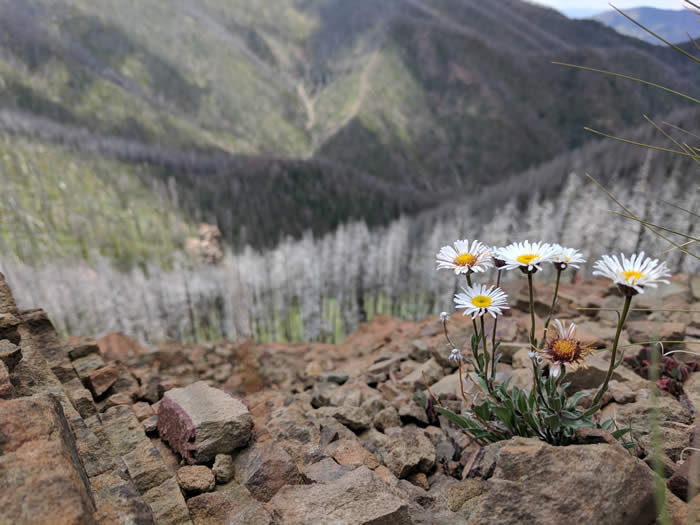Tools for Biodiversity Conservation
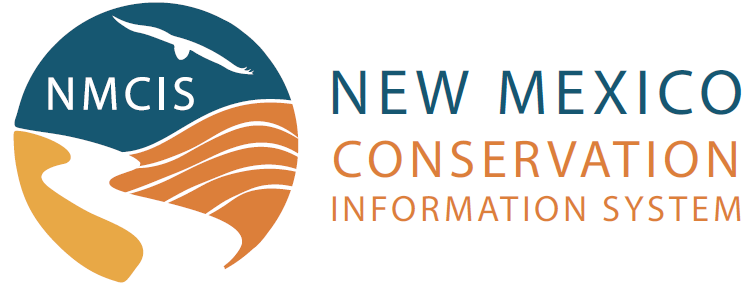
The New Mexico Conservation Information System (NMCIS) is the go-to resource for information on conserving and managing New Mexico's biodiversity and environments
Explore New Mexico's Rich Biodiversity Check Out Our Conservation Tools
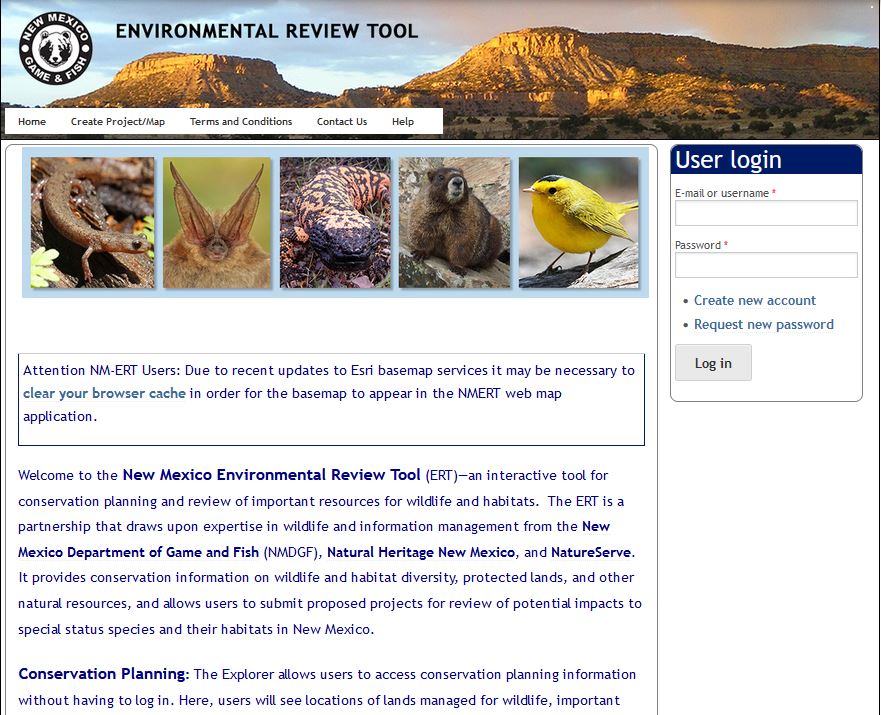 The New Mexico Environmental Review Tool (NMERT) is an interactive tool for conservation planning and New Mexico Department of Game and Fish (NMDGF) review of important resources for wildlife and habitats.
The New Mexico Environmental Review Tool (NMERT) is an interactive tool for conservation planning and New Mexico Department of Game and Fish (NMDGF) review of important resources for wildlife and habitats.
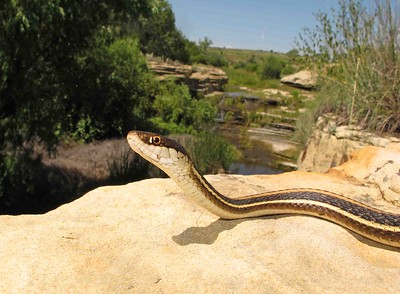
The Biota Information System of New Mexico (BISON-M) contains species accounts for all vertebrate and many invertebrate species of wildlife that occur in New Mexico.
Photo by Mark Watson
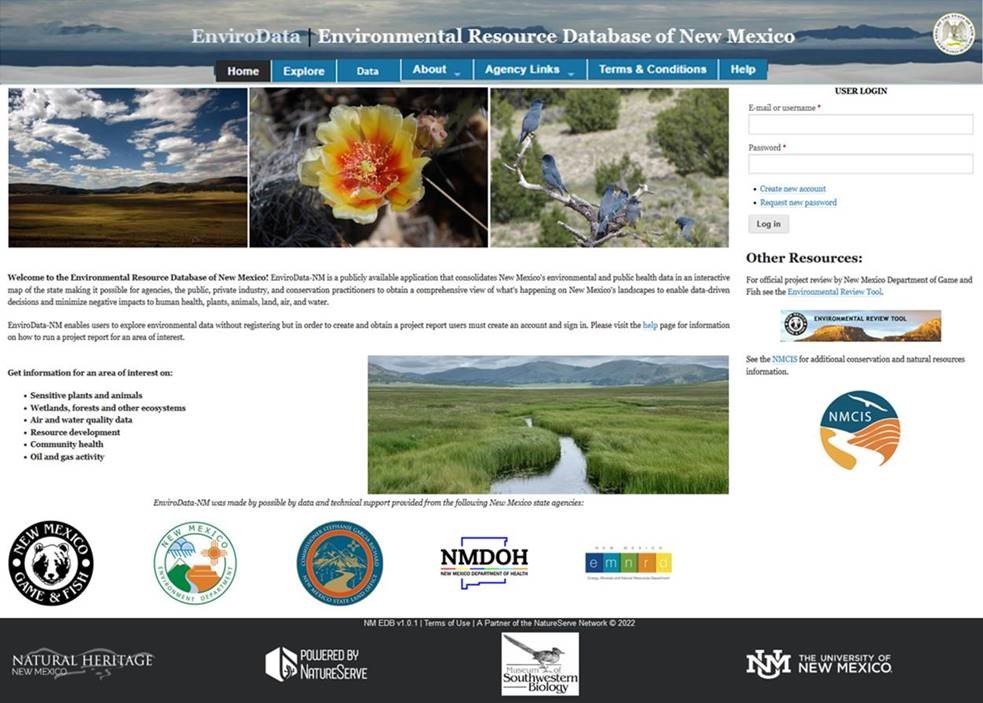 The EnviroData-NM is a publicly available application that consolidates New Mexico's environmental and public health data in an interactive map of the state making it possible to obtain a comprehensive view of what's happening on New Mexico landscapes to minimize impacts to human health, species habitat, air, and water.
The EnviroData-NM is a publicly available application that consolidates New Mexico's environmental and public health data in an interactive map of the state making it possible to obtain a comprehensive view of what's happening on New Mexico landscapes to minimize impacts to human health, species habitat, air, and water.
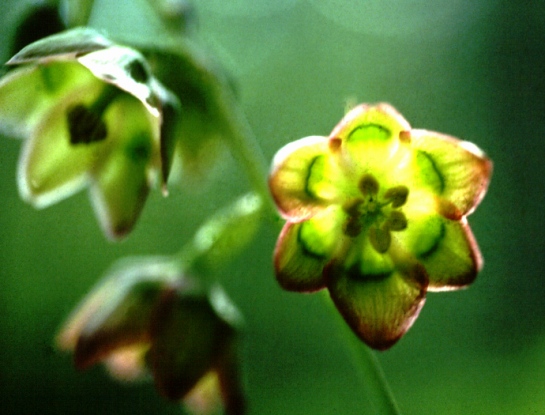
The New Mexico Rare Plant Website contains species accounts for rare plants throughout New Mexico.
Photo by Reggie Fletcher
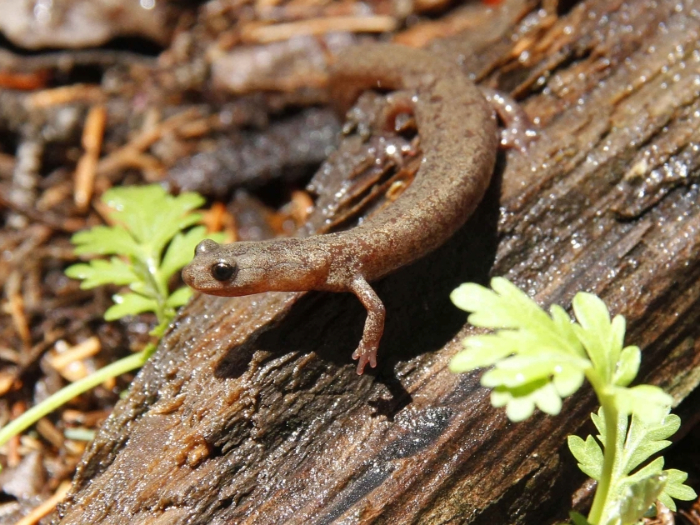
The New Mexico State Wildlife Action Plan (SWAP) website is your portal for exploring the conservation needs and opportunities for New Mexico wildlife and their habitat.
Photo by Mark Watson
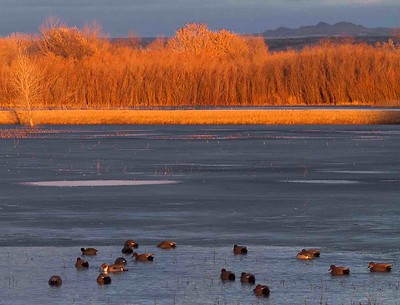
The New Mexico Riparian Habitat Map provides a comprehensive, fine-scale spatial view of the composition, cover, and structure of riparian and wetland vegetation along New Mexico’s perennial streams and rivers.
Photo by Mark Watson
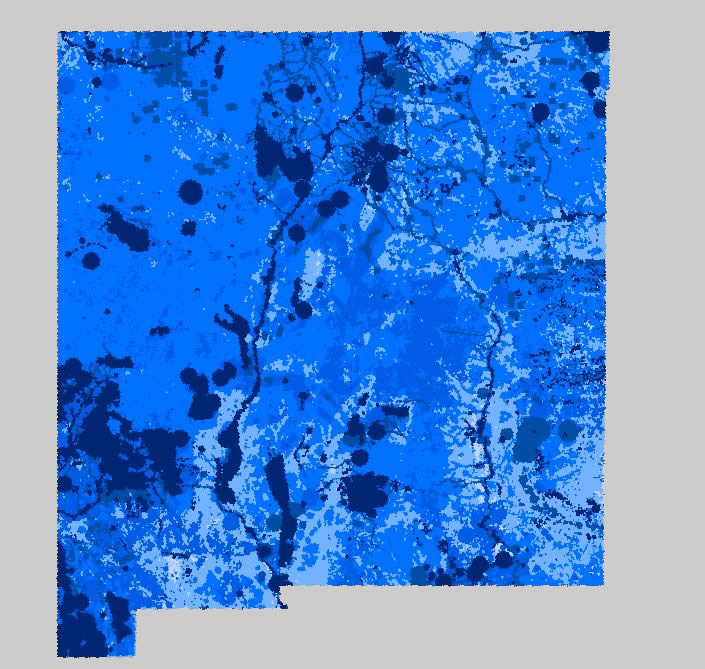
The New Mexico Crucial Habitat Assessment Tool is an online planning tool that displays crucial wildlife habitat across New Mexico.
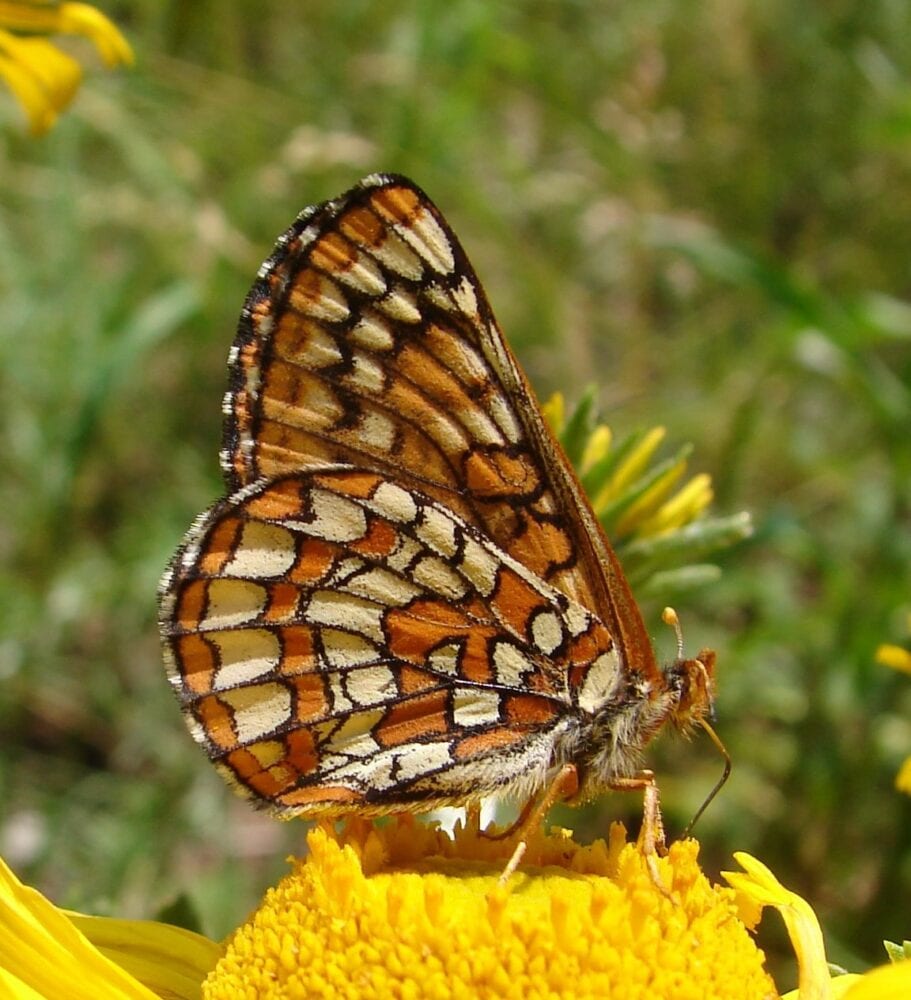
New Mexico Rare Arthropods Resource (NM-RARe), a one stop shop to learn about the rare, threatened, and endemic arthropods of New Mexico (insects, spiders, myriapods, and crustaceans).
Photo by Steve Cary
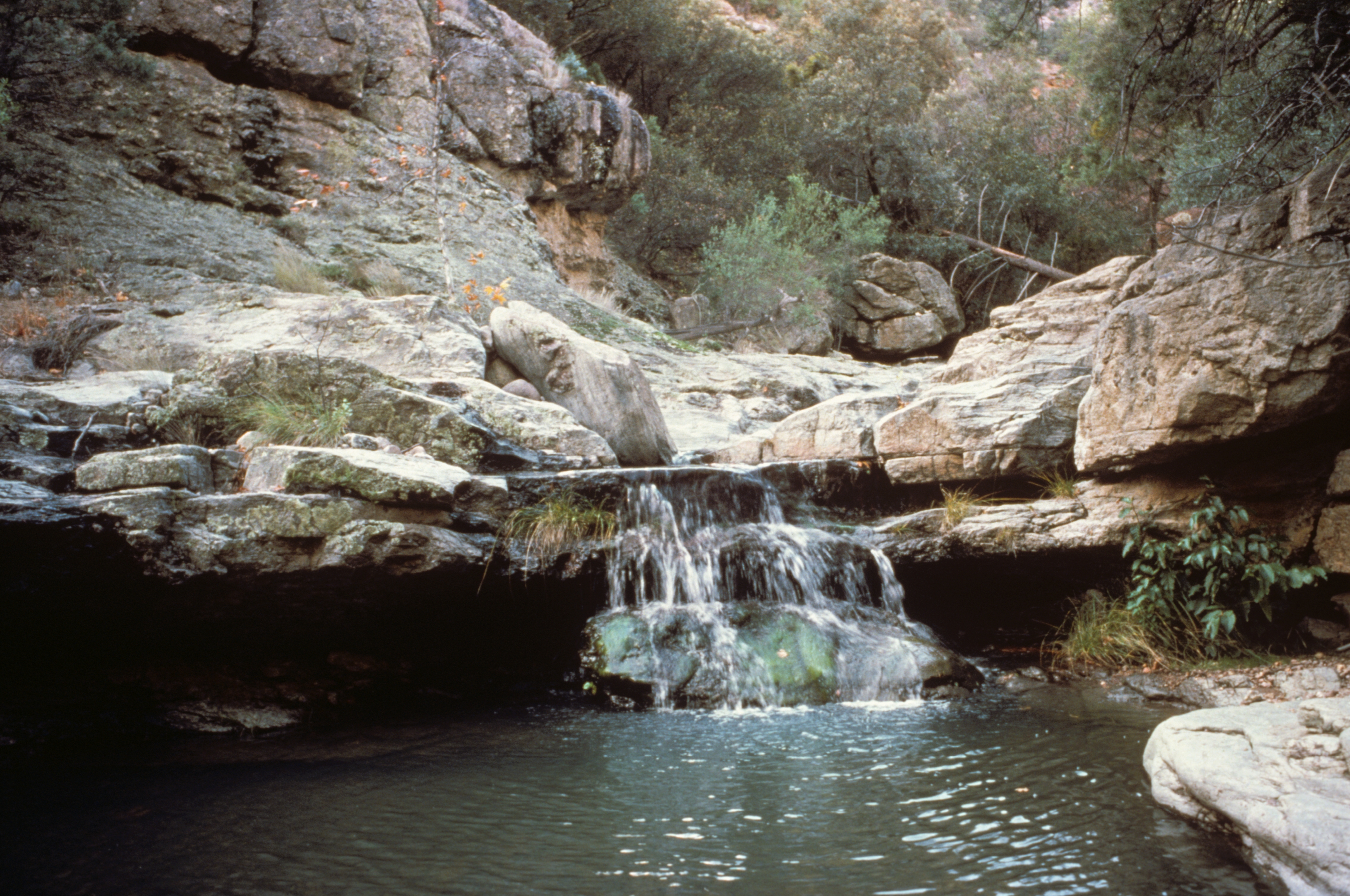
The Southwest Research Natural Areas (RNA) Database has information on USDA Forest Service lands available for research and monitoring in New Mexico and Arizona. RNAs are protected from human-caused disturbance and are ideal for climate-change monitoring.
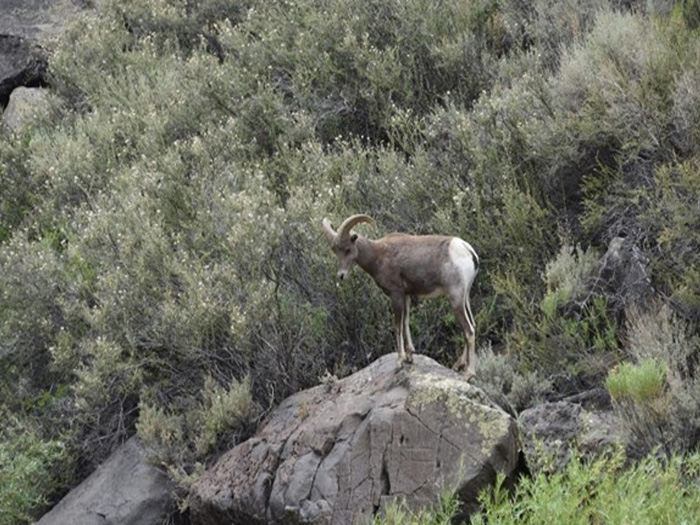
Based on a collaboration between Natural Heritage New Mexico and the National Wildlife federation, the goal of the Riparian Conservation Opportunity Areas project is to maintain and enhance connectivity in the Upper Rio Grande for wildlife population, especially in the face of climate change.
Photo by NHNM
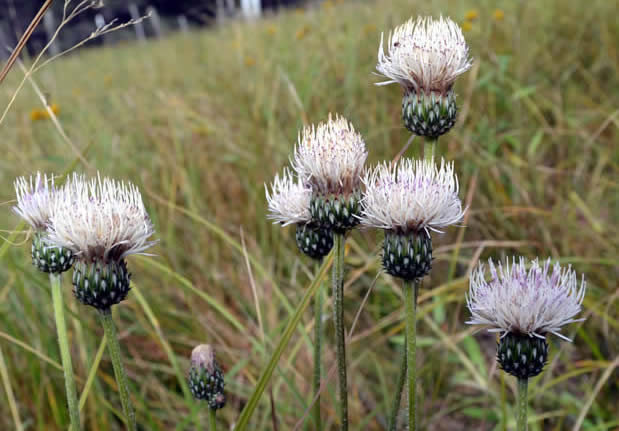
The New Mexico Rare Plant Conservation Strategy was developed to protect and conserve New Mexico’s rare and endangered plant species and their habitats and to avoid federal listing.
Photo by Daniela Roth







